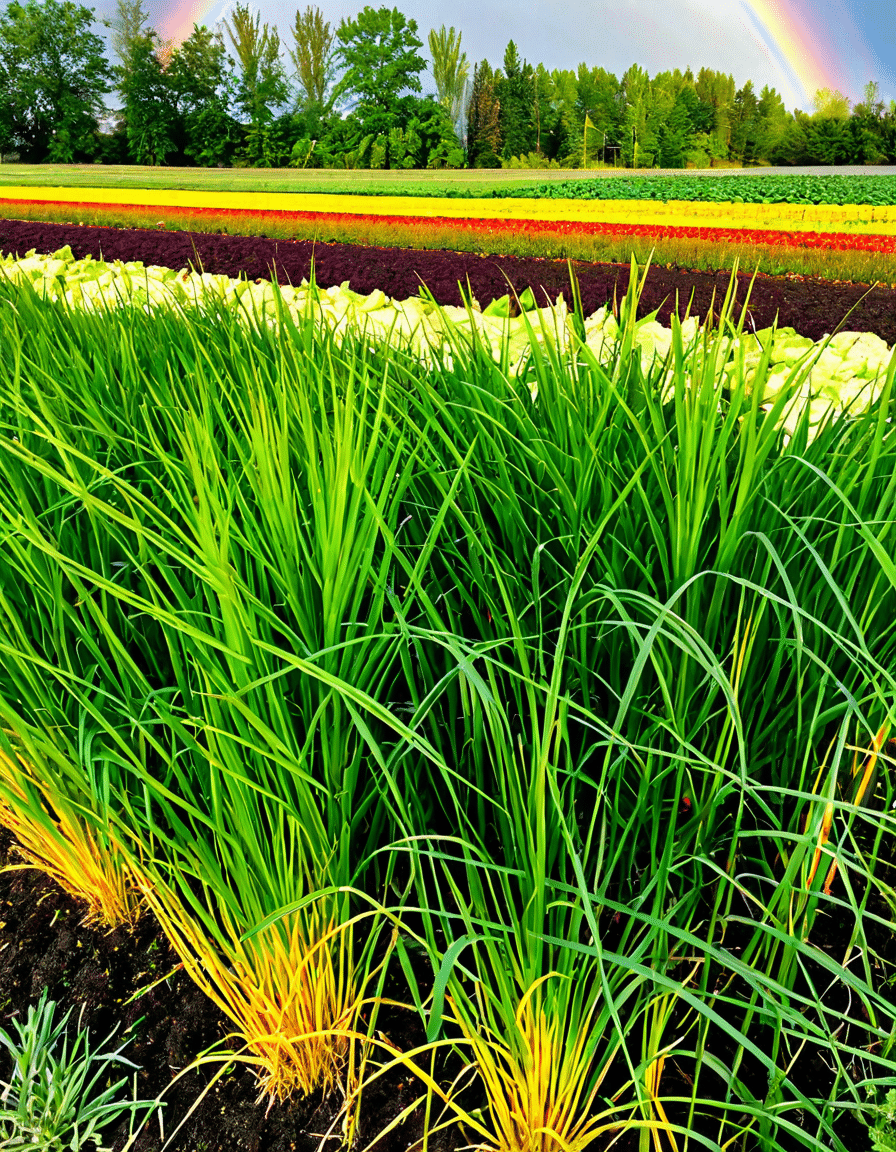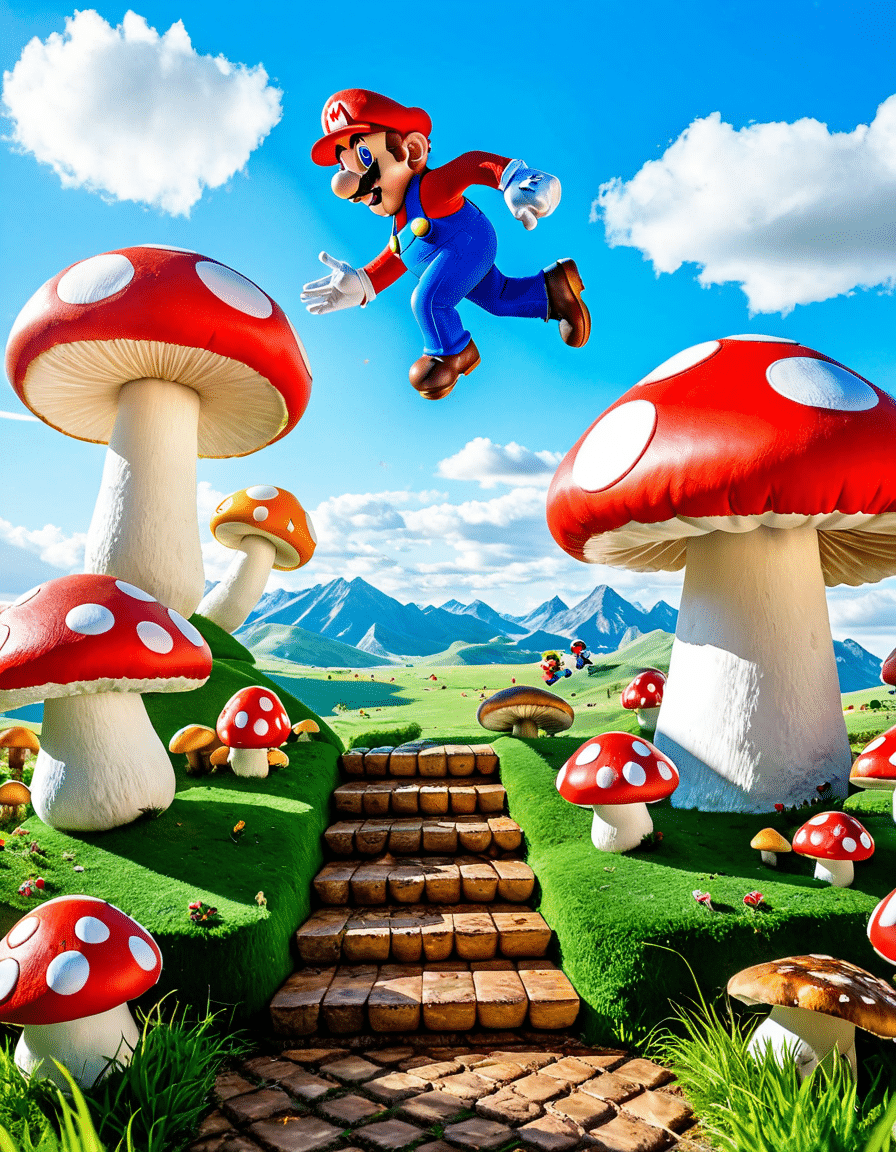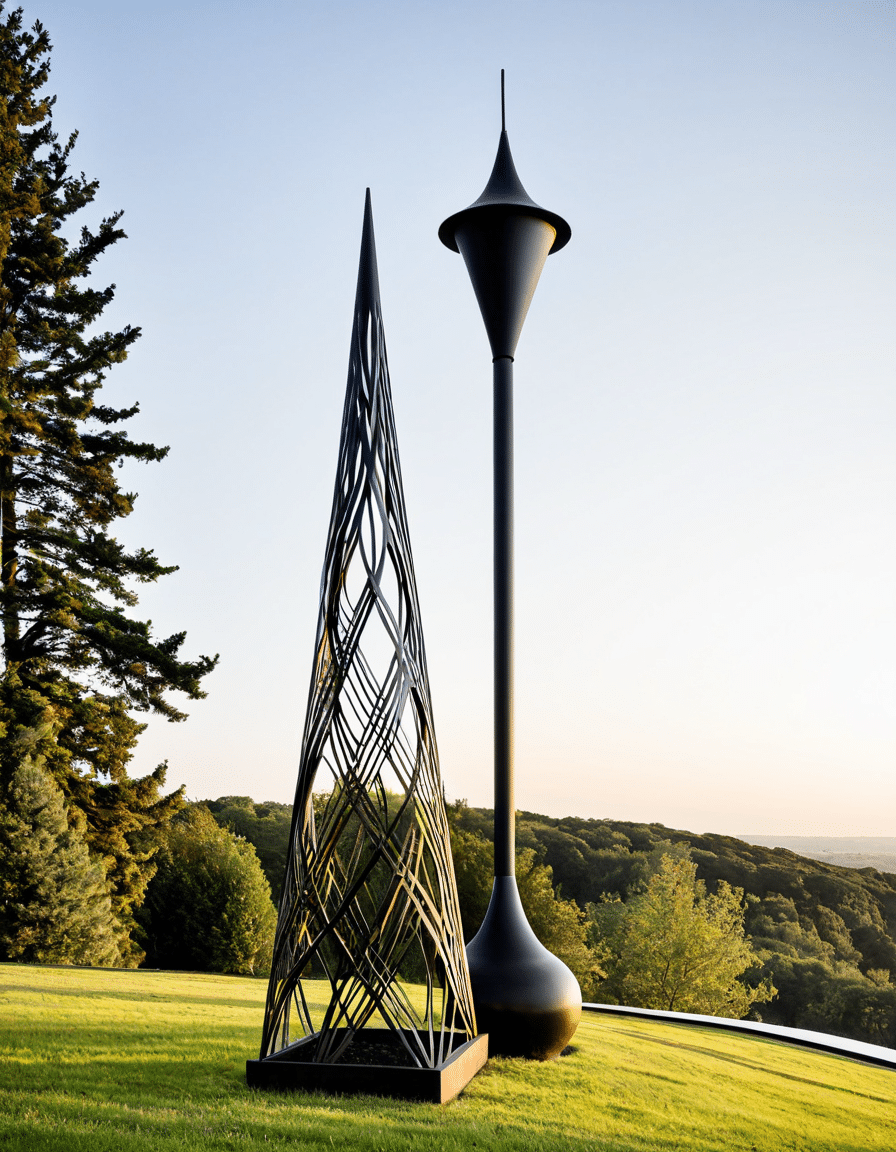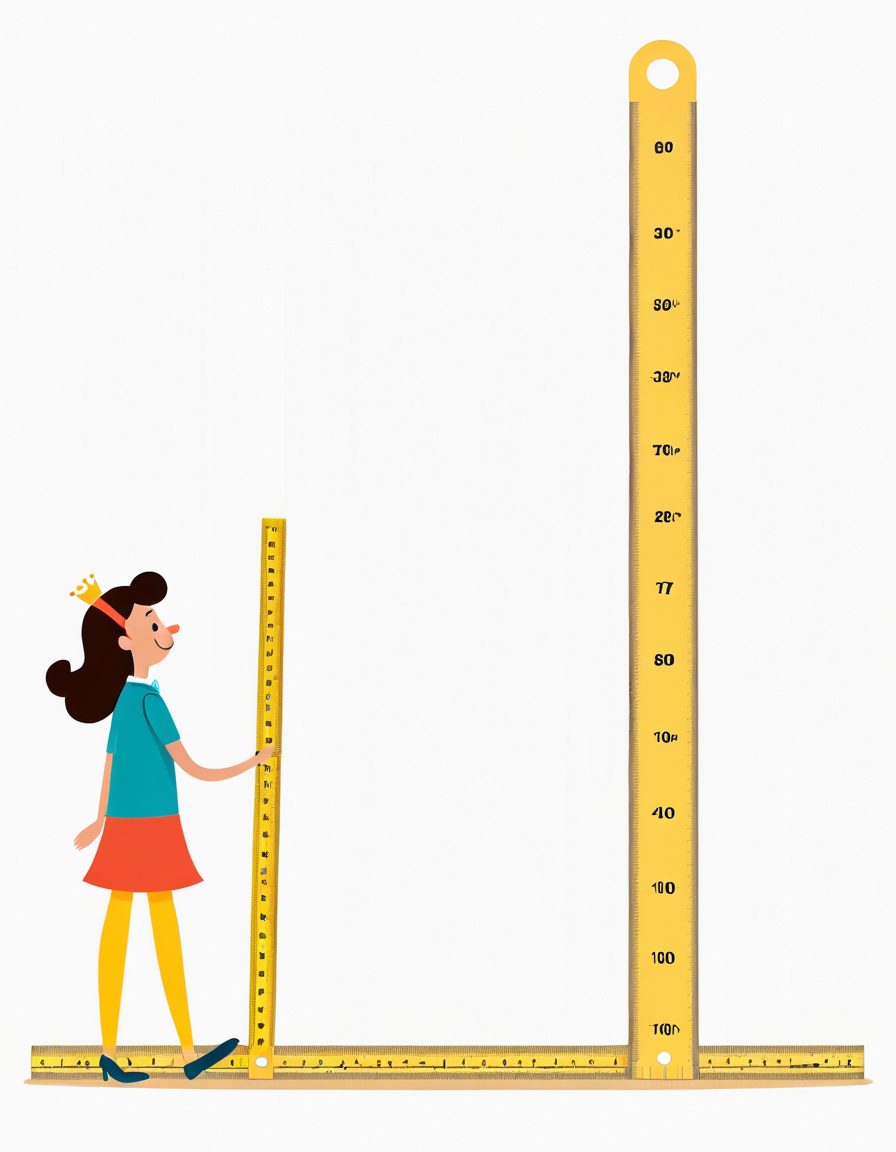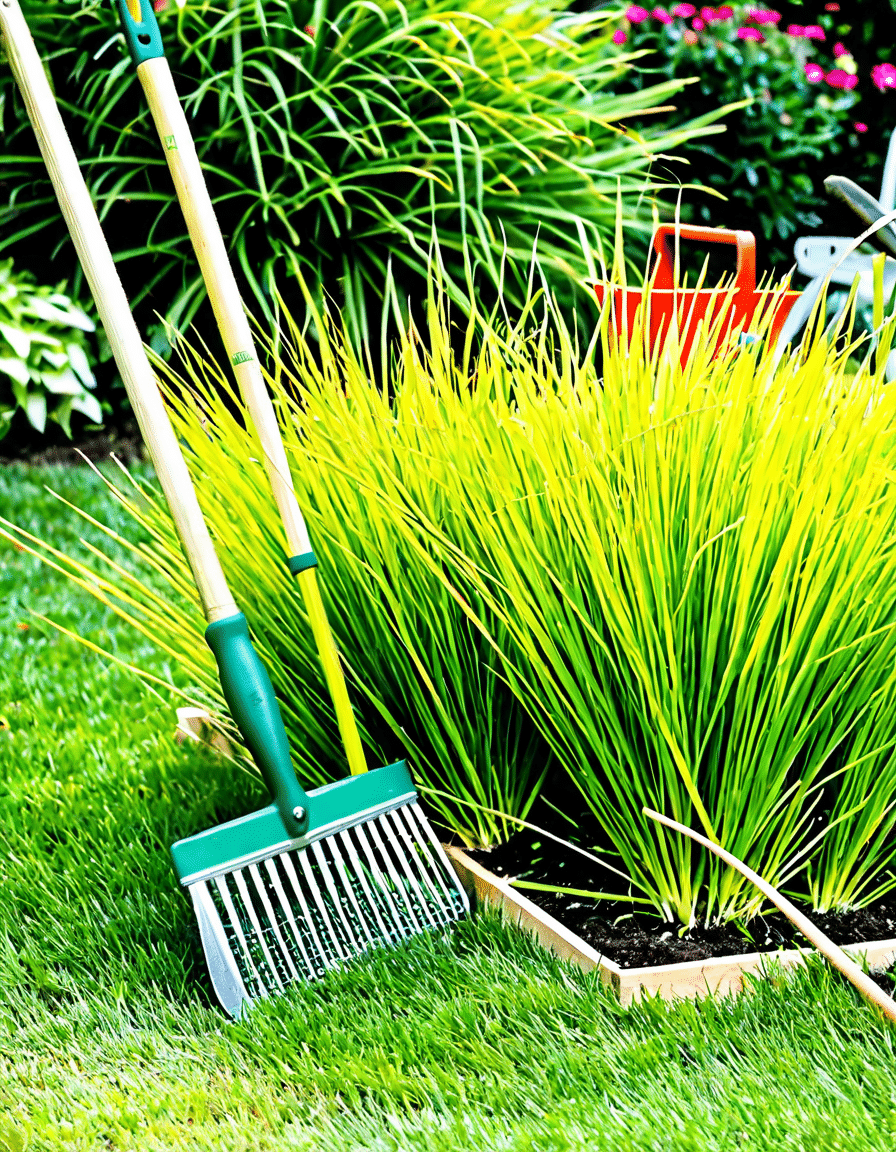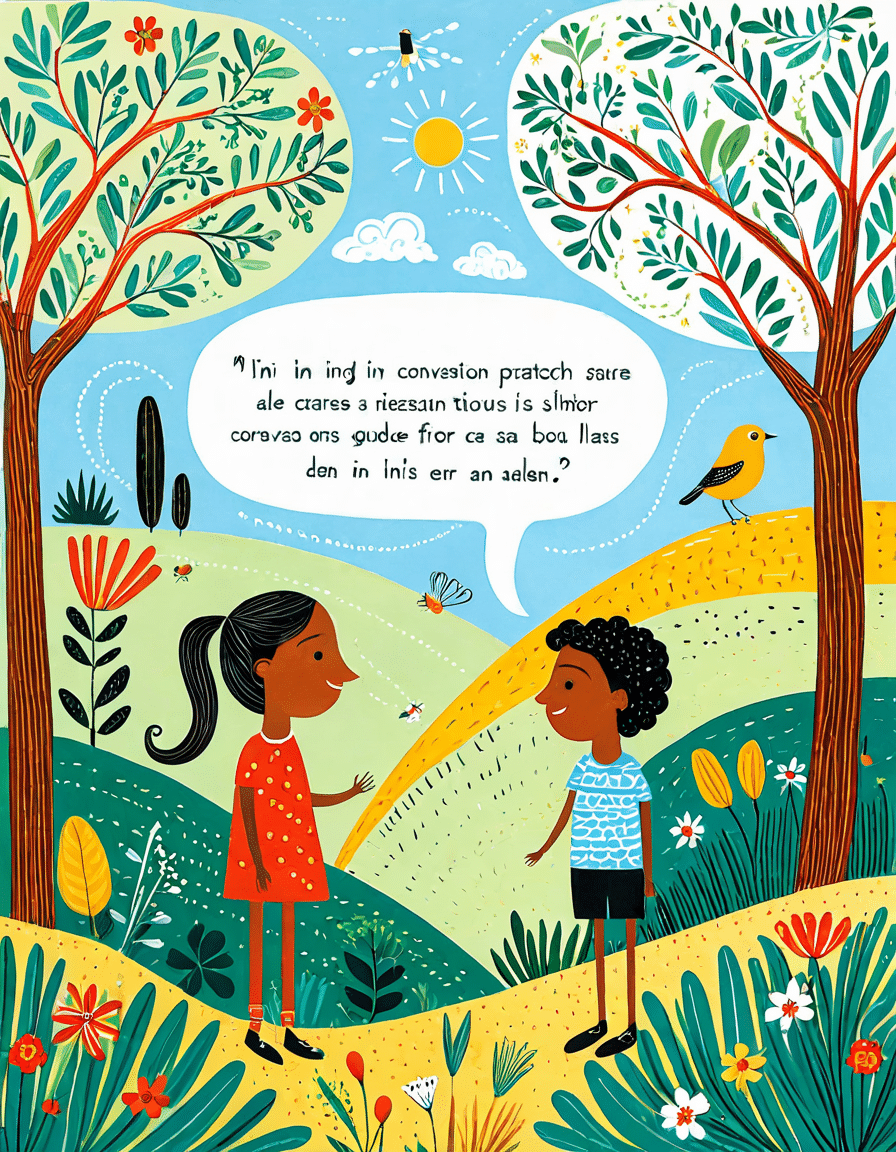Nutsedge, scientifically known as Cyperus esculentus and Cyperus rotundus, is not your garden’s best friend. In fact, this tenacious weed shares a blade-like appearance with grass but belongs to a different family altogether. Talk about deceptive! Nutsedge offers rapid growth and unmatched adaptability, making it a formidable foe for anyone passionate about their gardening endeavors. Let’s explore what makes this weed tick and how to fend it off effectively.
Understanding Nutsedge: Characteristics and Growth Patterns
So what exactly makes nutsedge stand out? For starters, it has a distinctive triangular stem and vibrant green leaves that can easily catch the eye. Found mostly in warm climates, nutsedge flourishes in moist soils, transforming gardens into its personal playground. This weed doesn’t just grow above ground; it has an extensive root system along with underground tubers that enable it to multiply like, well, weeds! Consequently, nutsedge can infest gardens with alarming speed, and traditional weed control methods often fall short.
Given its strength, it’s crucial to recognize its growth patterns. Nutsedge thrives in poorly drained, moist soil, enjoying what many gardeners would consider unfavorable conditions. This adaptability allows nutsedge to compete fiercely with desirable plants for nutrients and space. It can sneak up on even the most vigilant gardeners, turning beautifully cultivated spaces into chaotic battlegrounds. What’s worse is that simply pulling it out doesn’t guarantee victory—the tubers left underground effectively ensure nutsedge’s return.
To sum it up, dealing with nutsedge is about more than just seeing it above ground. The hidden tubers, extensive root systems, and its preference for moist environments large make it an uninvited guest that’s hard to evict. It’s not just another weed; it’s a persistent challenge that can significantly disrupt your gardening efforts.
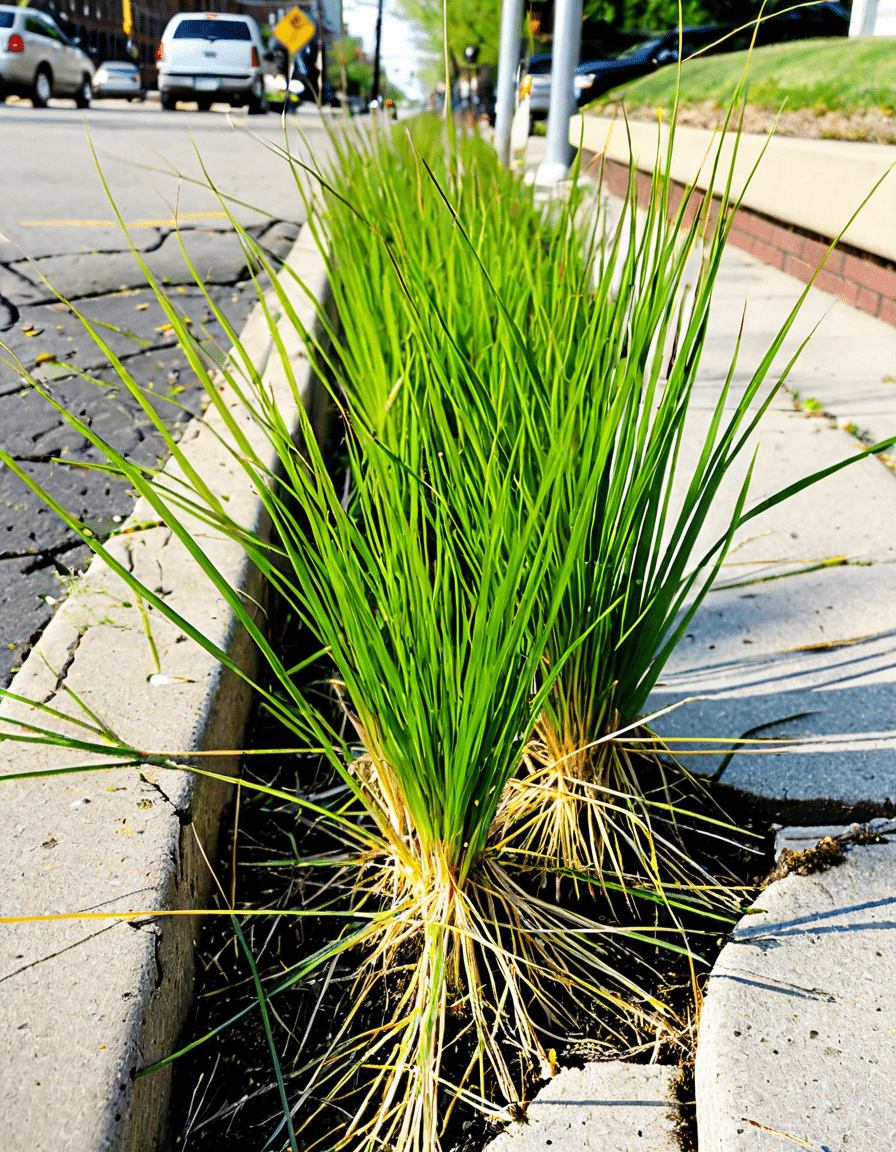
Top 7 Effective Strategies to Combat Nutsedge in Your Garden
Now that we know nutsedge’s not-so-charming features, what can you do to reclaim your garden? From hands-on strategies to innovative solutions, let’s dive into the seven best tactics to get your garden back!
Hand-pulling nutsedge can be your first line of defense for smaller infestations. Just remember to get the whole plant—roots and those pesky underground tubers—to avoid a comeback. It’s a dirty job, but someone’s gotta do it!
An excellent way to suppress nutsedge is by laying down organic mulch like straw, wood chips, or shredded leaves. A good three inches can block sunlight and retain soil moisture. With this natural barrier, nutsedge will find it tough to grow.
Products like Dimension (dithiopyr) work wonders for keeping nutsedge seeds from germinating. Timing is everything, so apply early in spring before they make their grand entrance into your garden.
If you find yourself in the depths of a nutsedge battle, consider using selective herbicides like SedgeHammer (halosulfuron). While targeting nutsedge, it won’t harm your cherished plants, but be sure to follow the label directions closely.
Since this weed loves moisture, addressing soil drainage issues can really help. Aerating compacted soil and adding organic matter can go a long way in creating an environment where nutsedge struggles to survive.
Another smart technique is introducing hardy ground covers like Creeping Thyme or Clover. These plants can outcompete nutsedge for nutrients and resources, giving your garden the upper hand.
It’s all about consistent care! Make it a habit to mow, weed, and monitor your garden regularly. Spotting the early signs of nutsedge means being able to take action before it runs rampant.
The Environmental Impact of Nutsedge
Nutsedge’s presence in your garden isn’t just an inconvenience; it poses risks to local ecosystems, as well. As nutsedge spreads, it competes with native plants and can alter soil pH and nutrient cycles. A range of studies underline that high infestations of nutsedge can contribute to decreased biodiversity. A notable study published in the journal Weed Science links heavy nutsedge infestations to declines in beneficial insect populations. This shift in insect communities can interfere with pollination and natural pest control, creating a ripple effect throughout the ecosystem.
When you think about it, it goes beyond just aesthetics. Nutsedge affects not only the plants in your garden but the surrounding environment as well. This unwanted weed can dominate fields, gardens, and agricultural systems, inviting challenges for farmers striving to maintain sustainable practices. Ultimately, combating nutsedge is about preserving biodiversity and promoting the health of our gardens and ecosystems.
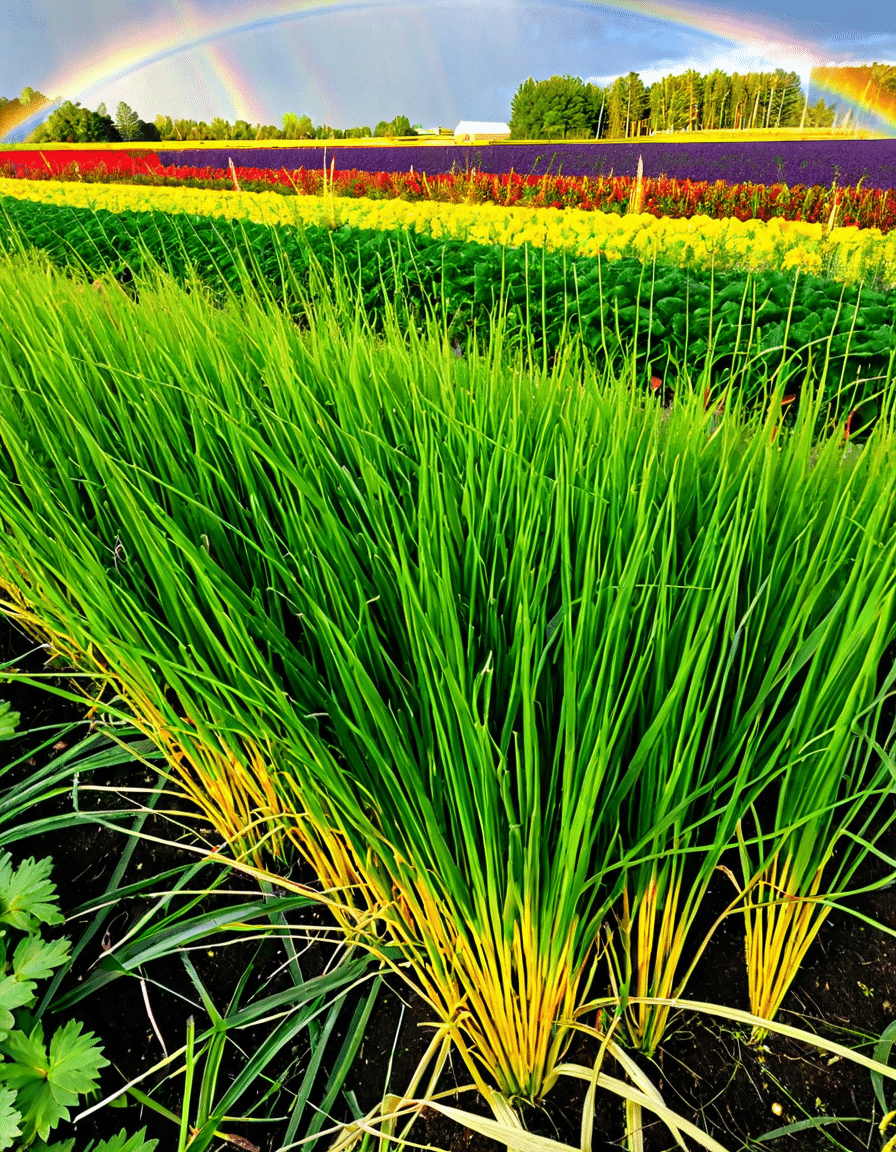
Innovative Solutions: Working with Technology to Combat Nutsedge
Enter the realm of technology! Today’s innovations in weed management are harnessing the power of technology to tackle nutsedge. For instance, smart irrigation systems can minimize overwatering, which is one of nutsedge’s best friends. By controlling moisture levels, gardeners can make their environment less hospitable for this tenacious weed.
Moreover, advanced drone technology equipped with imaging tools can offer a bird’s eye view of soil health and weed populations. Companies like PrecisionHawk are paving the way for farmers to identify nutsedge infestations early on, allowing for targeted control measures that ultimately save on time and resources. This blend of technology and gardening provides a fresh outlook on a problem that’s been around for ages.
If you’re keen on creating a sustainable gardening approach, exploring these technological innovations could be a game-changer. From utilizing sophisticated data to inform decisions to harnessing tools that streamline your efforts, the future of gardening—especially with persistent foes like nutsedge—is looking brighter than ever.
Personal Experiences from Gardeners and Agricultural Experts
Many passionate gardeners across the country have shared their unique battles against nutsedge. John Smith, a local horticulturist from Oregon, combines manual pulling and herbicide treatment, resulting in a significant reduction of nutsedge in his produce garden. He emphasizes that persistence is key and aims to educate fellow gardeners about nutsedge and its controlling techniques.
On the professional front, agronomists are also weighing in. Dr. Linda Harris discusses the importance of understanding nutsedge’s life cycle: “Get to know your enemy! Understanding its growth habits allows for better control.” Her insights are valuable for anyone determined to wrestle back control of their gardens.
Listening to these experiences can be eye-opening. Each gardener’s story resonates with a common theme: the fight against nutsedge is not just about getting rid of the weed; it’s about knowledge, strategy, and resilience.
Transforming Your Garden Despite the Nutsedge Challenge
While nutsedge poses notable challenges, it’s a battle you can win! The journey begins with understanding its biology and harnessing effective control strategies. You’ve got to stay vigilant, embrace new techniques, and adapt your gardening practices to this weed’s relentless ways.
By integrating a multi-faceted approach—mixing manual methods, technology, and ecological practices—you can reclaim garden control from the tenacity of nutsedge. This isn’t just about fighting against a weed; it’s about transforming your garden into a flourishing space and showcasing your passion for nature. In essence, you can turn a pesky nuisance into another aspect of the growth cycle, proving that with knowledge and creativity, anything is achievable in your garden. And who doesn’t love a good comeback story?
So, gear up and take action! Your garden awaits—without the takeover of nutsedge.
Nutsedge: The Tenacious Weed Taking Over Your Garden
Curious Facts About Nutsedge
Nutsedge can be quite the nuisance in your garden, but did you know that it has some fascinating characteristics? For starters, nutsedge isn’t a true grass; it’s actually a sedge. This distinction means it thrives in wet, poorly drained soil, making it a champion in areas where other plants struggle. Speaking of champions, hold onto your hats: just like a body builder packing on muscle, nutsedge can grow up to three feet tall in just a few weeks under the right conditions. So, if you’ve ever been caught off guard by its rapid growth, you’re not alone. It takes a strong strategy to combat this persistent intruder, much like sloppy Mario who must navigate his way through tricky obstacles in his adventures.
A Bit of Cultural Context
One intriguing fact is that nutsedge has been around for thousands of years, and some folks have even used it like a staple food in certain cultures. Imagine a time when this tenacious weed was more of a pantry item than a garden foe! This idea is reminiscent of how Aissa wayne was once a rising star—a name from history with a tale of its own. Similarly, how people perceive nutsedge has shifted over time. While it may pop into your garden uninvited, some embrace its presence in hopes of enhancing biodiversity. Just like Jada Pinkett will smith Chris rock keeps the world buzzing with their evolving narratives, nutsedge continues to make itself heard in the gardening community.
Nutsedge in Action
Interestingly, nutsedge has a unique way of spreading that mirrors strategic planning. Its tubers, or “nutlets,” can lie dormant in the soil for years, just waiting for the right moment to spring to life—much like completing a vision, as stephen Kay often conveys in his directorial storytelling. Knowing how nutsedge operates can empower you to fight back effectively. Remember, it’s key to pull these weeds before they seed more nutlets. If you’ve ever tried getting rid of nutsedge, you know it can be as relentless as a dedicated gardener tackling a weed problem without the proper tools. For some inspiration, consider how Doreen Lioy faced her own challenges with determination.
So next time you’re out in the garden, take a moment to appreciate this resilient weed! It’s not just a pesky invader; with its roots in history and adaptability, nutsedge certainly brings a bit of life’s drama into your backyard. Just like remembering an iconic Jennifer Aniston young moment, knowing how to deal with nutsedge can make you feel more in control of your green space. And if you’re ever looking for effective eradication methods, remember to research resources like Uc davis oasis for comprehensive insights. Happy gardening!
